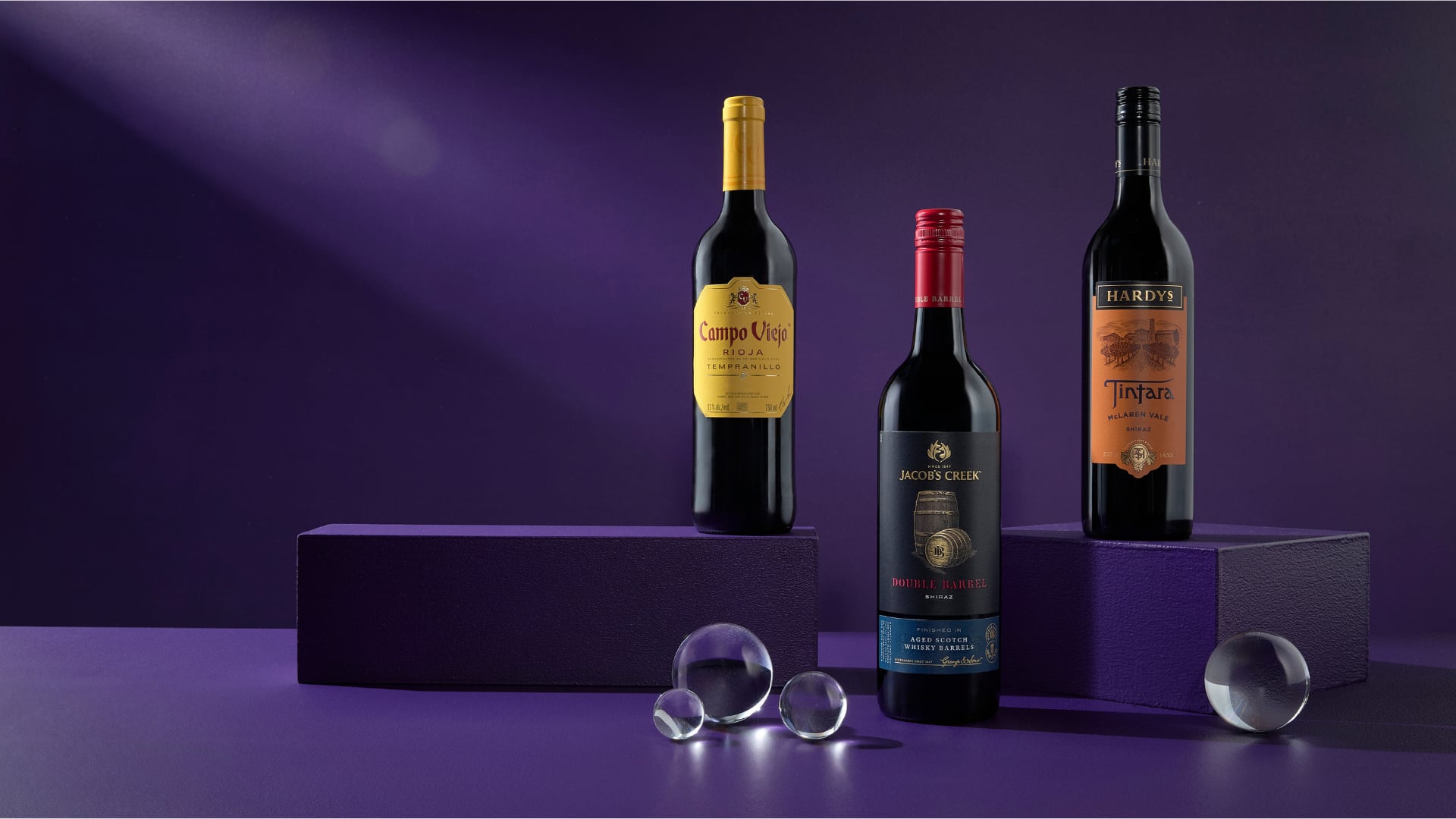Australian Wine Holdco Limited (AWL), a consortium of international investors, is responding to global wine consumption decline with the creation of Vinarchy: A new global wine company combining Accolade Wines with Australian, New Zealand, and Spanish wine assets recently acquired from Pernod Ricard in April 2025.
Vinarchy’s executive chairman Ben Clarke said this move will enhance scale and capability to address challenges in the industry.
“The global wine industry faces serious structural challenges. Global wine consumption has been declining for years, driven by changing consumer preferences and a shift to lower-alcohol drinks,” said Clarke.
“We believe Vinarchy can lead the future of the wine category. We will be a dedicated wine company, with scale, capability, reach, resources, talent, and an exceptional portfolio of leading brands. We want to redefine wine.”
A key pillar of Vinarchy’s growth strategy is sharpening its APAC focus to capitalise on emerging market opportunities and evolving consumption behaviours, localising its approach to each market.
APAC a key region for Australian wines
Vinarchy is the leading wine supplier by volume in Asia-Pacific, with 11 wineries across Australia, New Zealand, South Africa, and Spain producing over 32 million 9LE cases annually.
Jacob’s Creek ranks as the top Australian wine brand in the region, according to regional director for Asia, Sean Cunial.
“Asia is a key focus for Vinarchy with China, Japan, Korea and India identified as strategically important markets – not only for our business but for Australian wine more generally,” said Cunial.
“Jacob’s Creek and Hardys are two of the most trusted wine brands globally. Jacob’s Creek is the number one Australian wine brand in Asia and the top international wine brand in China, giving us a powerful platform to build from.
He pointed out that identifying nuances across markets is key, and there is a need to adapt the portfolio as market shifts happen.
“Not all markets face the same challenges, and in some cases, what’s seen as a challenge is actually a shift in behaviour,” said Cunial.
He cited Japan as an example – while the population is declining and overall wine spend is softening, volumes remain relatively stable as it is driven by younger adult consumers.
”We’re taking a market-by-market approach to innovation, using local insights and competitor benchmarking to shape new blends and formats that better meet evolving tastes.
“Much of this work is focused on unlocking new occasions and channels to keep wine relevant for a changing consumer landscape.”
With local teams in markets such as China, Japan, South Korea, and India, Vinarchy is positioned to respond quickly to market shifts and consumer preferences.
Rather than focus solely on premiumisation, Vinarchy is also adapting its mainstream brands to suit broader occasions and newer drinkers.
“Our approach is not just about trading up to fine wine but creating opportunities for consumers to enjoy our portfolio at every step. That includes refreshed packaging, new styles and innovations that speak to today’s wine drinkers while preserving the unique legacy of each brand.”
He added that Vinarchy’s focus is also on supporting distributor partners, sharpening its brand portfolio and unlocking growth through new occasions and channels.
Cunial observes the global shift towards mindful drinking growing in Asia, so Vinarchy needs to evolve to stay relevant.
Winning consumers over with lighter styles
While consumers still value quality, they are increasingly open to enjoying wine in more casual, everyday settings.
“Mindful drinking is a growing trend across many markets,” said Cunial. “We’re closely tracking demand for lighter styles and low- or no-alcohol options, and those formats are absolutely part of our innovation plans where they make sense for the market.”
The firm observes growing demand for approachable premium and lighter styles – such as sparkling wines and Moscato – across the region, with convenience and sustainability also playing a bigger role in consumer choice.
“New drinking occasions, such as weekday wine moments or wine in casual social settings, are shaping both what we make and how we package it,” said Cunial. “We’re also developing formats like cans and smaller bottles to support convenience and accessibility.”
Additionally, Vinarchy is using both heritage and emerging brands to reach a broader range of consumers and occasions.
“Each brand plays a different role. Jacob’s Creek gives us scale and heritage, while newer brands like Jam Shed and Grant Burge help us reach different drinking occasions and audiences,” said Cunial.
“Jam Shed is gaining momentum with newer wine drinkers who prefer bold, fruit-driven styles, while Grant Burge is establishing a strong foothold in the premium space.
“We’re using these brands to broaden our reach and tap into different drinking occasions, especially as channels diversify and consumer behaviours evolve.”


